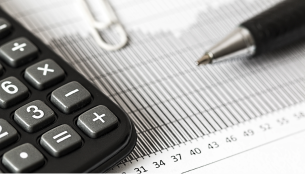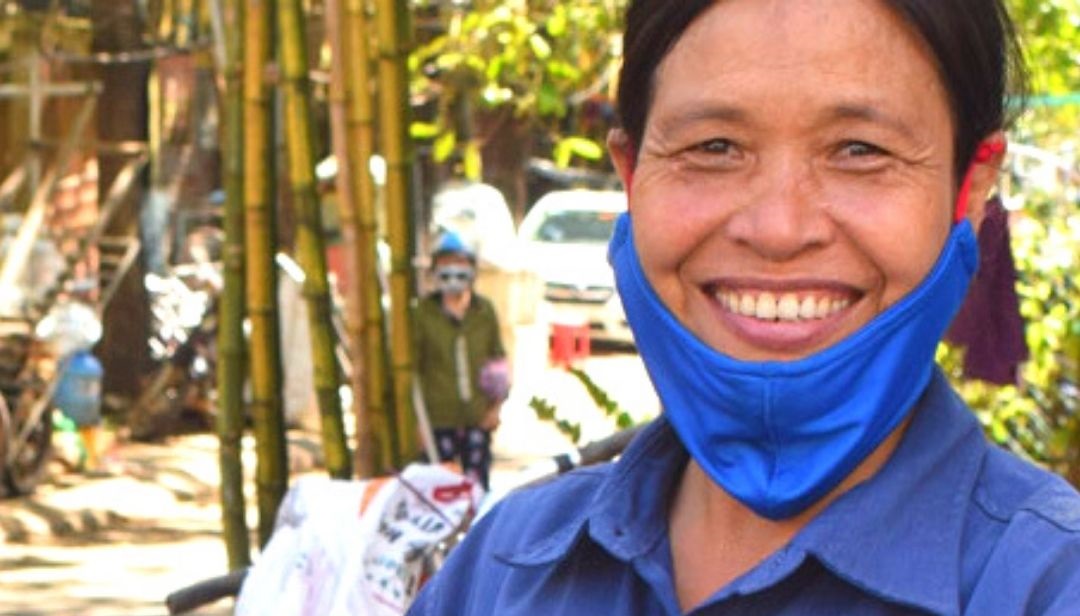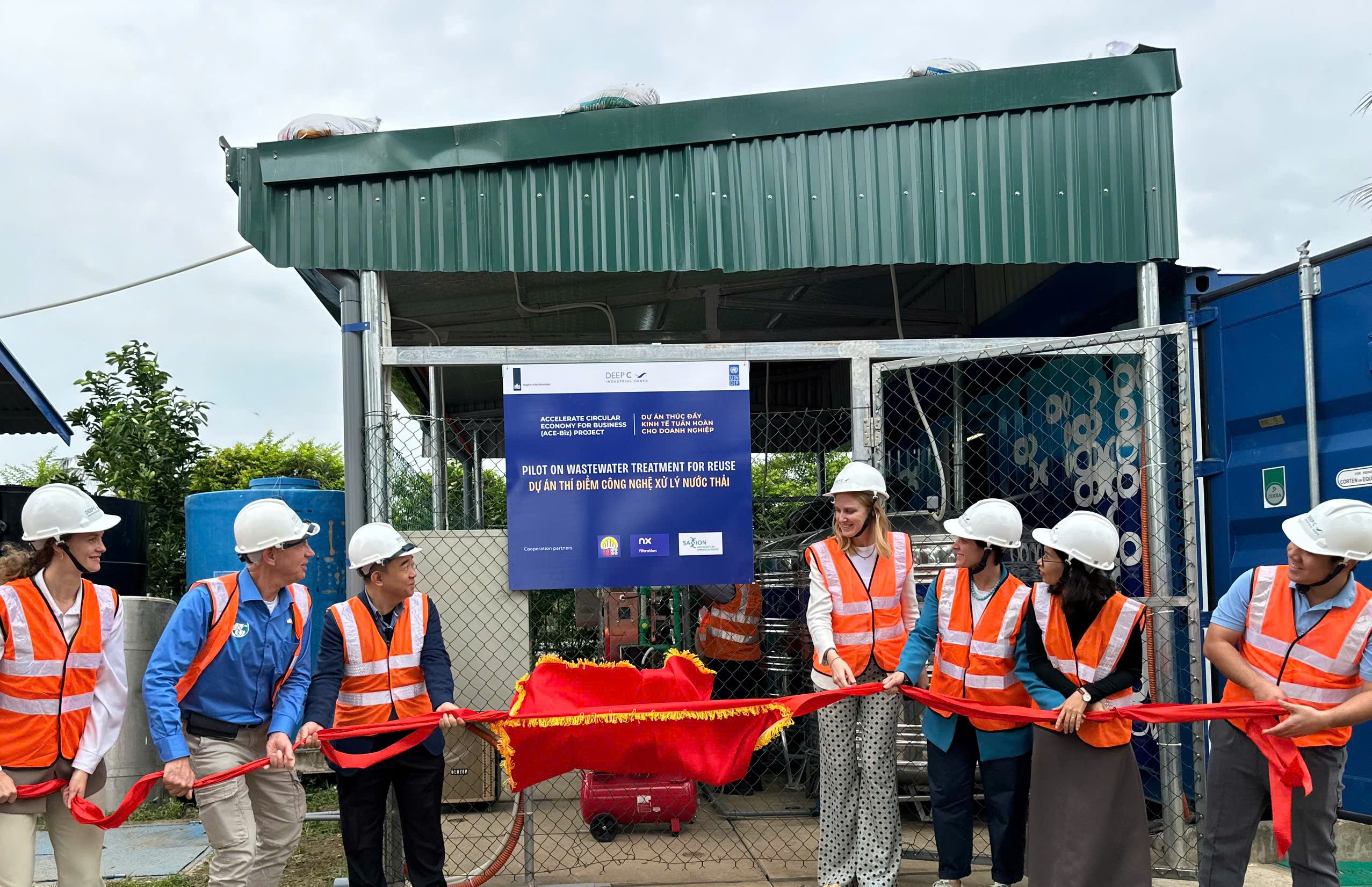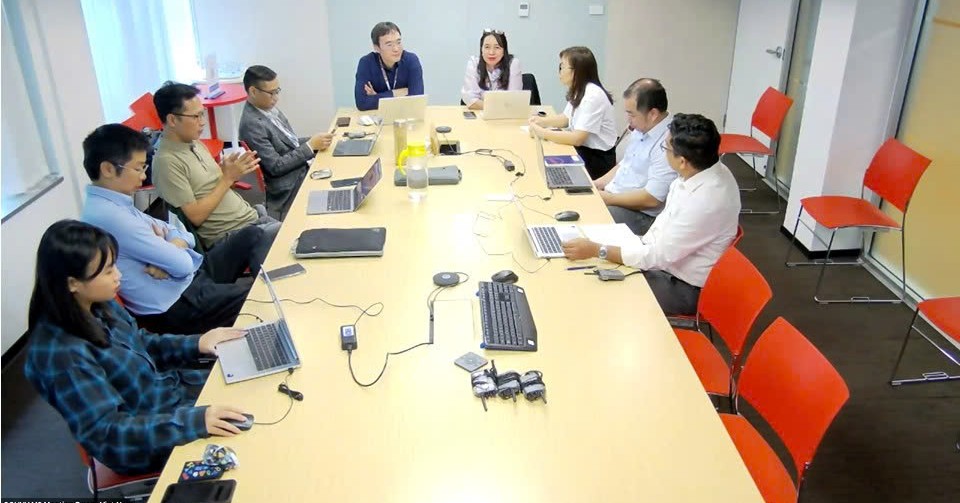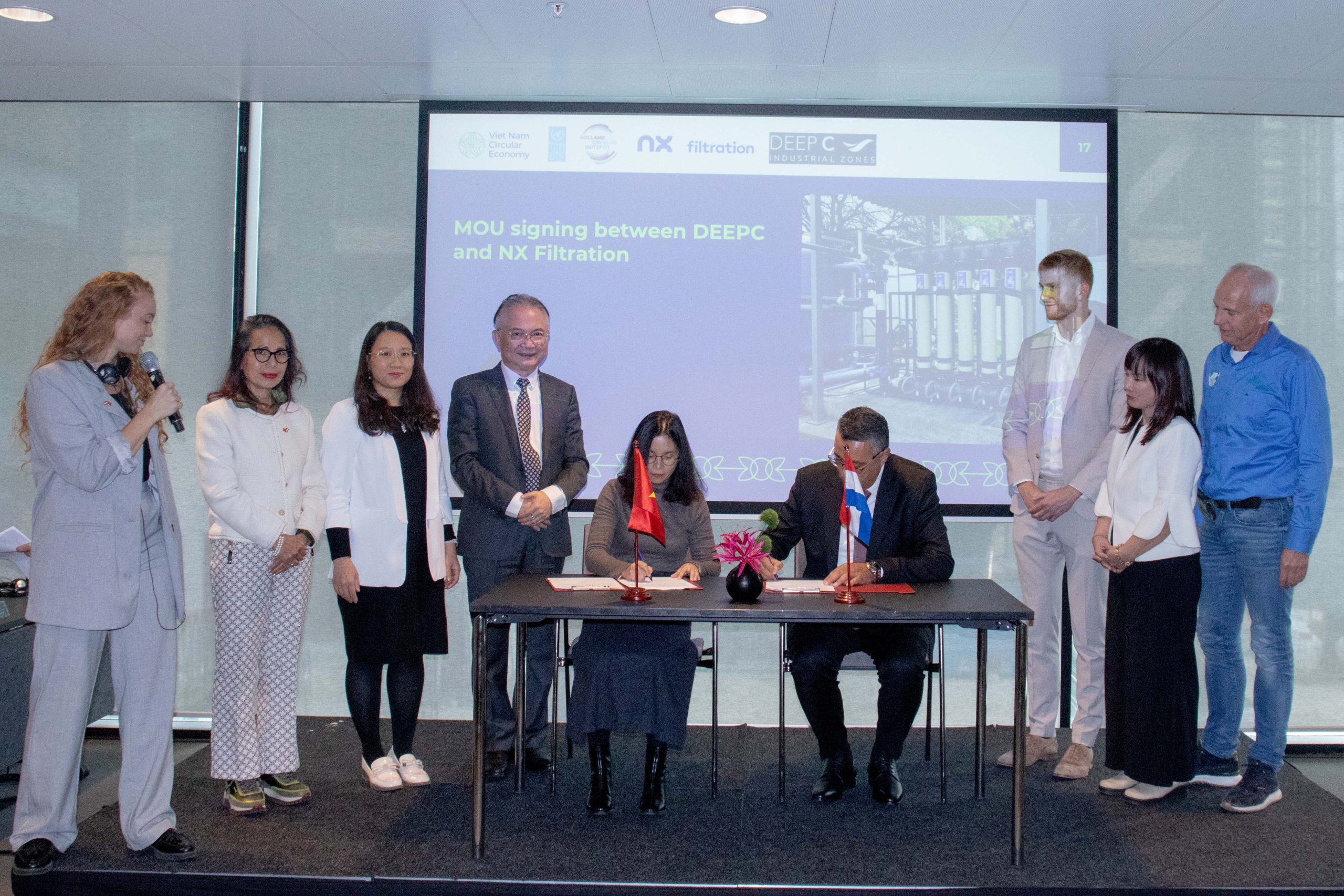By Dao Xuan Lai, Assistant resident representative, Head of Climate Change and Environment Unit, UNDP Viet Nam

As published in Sustainable Development Publication of Vietnam Investment Review in December 2021
2020 was one of the warmest years on record globally, while Vietnam has just gone through another historical year of climate extremes. Biodiversity is declining faster than at any time in human history. We live in a climate emergency, and COP26 happening at the time of this writing in Glasgow will be decisive for the future of the planet as countries officially submit their climate pledges to keep global warming to 1.5 degrees Celsius.
We see a skyrocketing demand for natural resources while witnessing the collapse of functioning ecosystems. You only need to drive a couple of hours outside of Hanoi towards Ninh Binh province with its iconic limestone clasts synonymous with the beauty of Northern Vietnam, to see these emblematic featured being devoured by machinery to be used for stone mining and cement production. By 2050, global demand for materials such as plastics, steel, or cement is projected to increase by a factor of two to four. More than 50 per cent of the global world emissions can be traced back to our consumption of materials and products coming from mining, processing, transportation, manufacturing, and disposal.
How can we combine this pursuit of growth and international trade calling for increased consumption and extraction of resources with the reality of ecosystem limits imposed by our planetary boundaries?
The circular economy has been put forward as one of the strategies to resolve this seemingly intractable dilemma by gradually decoupling economic activities from consuming finite resources, minimising waste, and regenerating natural ecosystems. At its core, the appealing promise of realizing climate goals and yielding financial gains. The concept is convincing, and countries around the world have taken steps to make this a reality. Finland adopted the first Circular Economy Roadmap in 2016, while Indonesia is going forward with a National Circular Economy Roadmap, highlighting that this circular scenario would cut 126 million tons of greenhouse gases by 2030 (equivalent to removing 27 million cars off the roads for a year).
President Nguyen Xuan Phuc also highlighted at the 76th session of the United Nations General Assembly that the “transition towards a green and circular economy is the priority to achieve the goals of emissions reduction and enhancement of disaster prevention and mitigation”. Vietnam already embarked on this transformative agenda, integrating its definition of circular economy in the draft Socio-economic Development Strategy (2021-2030) and the Revised Law on Environmental Protection 2020.
Vietnam’s Prime Minister Pham Minh Chinh announced an ambitious and praiseworthy national target of net-zero emissions by 2050,,and joined 190 countries in both phasing out coal power and ending for new coal power plants, 90 countries in limiting methane emissions by 2030, and 131 countries in committing to halt and reverse forest loss and land degradation by 2030.
Vietnam is now at a crossroads. The country can pursue a green recovery pathway by framing a larger vision of success that includes the transition towards the green and circular economy that encompasses building resilience to future shocks and pivoting towards a new inclusive and green trajectory. The transition towards a circular economy will foster productivity and competitiveness.
Furthermore, it would create a pathway for Vietnamese enterprises to step into global value chains in the changing context of trade agreements that include the provision of environmental standards, and discussions around carbon border adjustment mechanisms that would naturally hamper the export of resources and energy-intensive products to Europe. This is not out of reach for the small and medium enterprises that comprise most of Vietnam’s economic powerhouse. Businesses are aware that social responsibility generates a competitive advantage and have already taken actions along these pathways. Vietnamese denim manufacturer and social business Saitex provides a blueprint of what a circular and inclusive economy would look like: use of a closed water system saving, reuse of waste by a brick factory, and agricultural waste by-products used to fuel production lines. The tides are also changing in the construction sector. Thanh Tuyen Group JSC now produced non-fired bricks by using waste from other industries (fly ash and slag from thermal power, and steel slag from steel mills), while reducing demand for fuel and energy for firing products like those used to produce fired bricks.
New initiatives are emerging in the agricultural sector, driven by the largest corporations like Vinamilk, which is mainstreaming the circular economy throughout its entire value chain. This transition is not merely an environmental issue; rather, it should be seen as an economic shift fueled by a common vision, partnerships, innovation, finance, technology and education, responding to, and anticipating global megatrends. To enable this transition to happen, we see four key catalyzers.
Firstly, a circular economy requires a common and shared vision adopted by all stakeholders. Business owners need visibility to plan ahead of the investments for the transition, including the adoption of circular best practices and standards, allowing them to become commercial partners of choice for international businesses seeking high-quality and environmentally responsible goods. The government needs to point the way to the “Circular Economy North Star”, introducing national and sectoral roadmaps, incentive mechanisms, and regulations that set up clear, measurable, and achievable criteria to illuminate and frame how this transition will occur. The Circular Economy Roadmap formulated in Indonesia estimates that this transition would create 4.4 million jobs and up to $45 billion additional GDP, by investing in five key sectors: wholesale and retail trade, textiles, construction, electronics and electrical equipment, and food and beverage.
Secondly, such transition requires an unprecedented level of partnerships, collaboration, and knowledge sharing. This means consistently bridging the gap between consumers and producers, small and medium-sized enterprises, financial organizations, research institutions, ministries, and all actors within value chains. Indeed, a business can only become circular if recovered materials are available in high quality and adequate quantity. This is precisely why the United Nations Development Program (UNDP) recently launched the Vietnam Circular Economy Hub together with the Ministry of Environment and Natural Resources, to enhance dialogue, generate know-how, and mobilize collective action towards the circular economy transition.
Thirdly, the technological enablers of innovation in the circular economy, such as digitalization, finance, infrastructure, are growing. The Fourth Industrial Revolution brings along the Internet of Things and big data tools that enable new circular economy models that promote leasing, sharing, and remanufacturing. AI technologies can unlock the potential of circular infrastructure and smart cities by improving the processes to segregate and disassemble products, and remanufacture components. A study shows that assets managed through public equity funds with the circular economy as the sole or partial investment focus have been multiplied by six, from $300 million to over $2 billion, only since the beginning of 2020.
Lastly, the circular economy in Vietnam should put “people” and considerations of social equity at the center of the transition to be just and inclusive. It needs to provide mechanism and support for workers employed in highly polluted industries to have sufficient skills to take new decent job in new and clean industries. Reducing the pollution burden on the poor and foster the emergence of new sectors such as secondary material markets, care and health, and digital services industries that provide decent work. It calls for participatory approaches in the design and implementation of circular economy policies that involve the whole of society, including youth and women, as well as an increase of investment in education and vocational training to ensure that the transition helps reduce inequalities and leave no one behind.
As the share of the manufacturing sector steadily increased in Vietnam’s GDP, with sectors such as the garment industry, which employs the majority of women and has been identified as a key driver of growth, adopting circular economy principles would create new green jobs, enhance working conditions, while helping business reduce their sensitivity to price volatility and dependence on imports of raw materials.
If Vietnam continues business as usual, it will join the majority of economies in an unsustainable pursuit of higher income status and become the champion of stranded assets. If Vietnam chooses the transformative approach called for in a circular economy, it may well show the world, once again, how to get it right. The current momentum presents an unprecedented opportunity to frame a collective vision for the circular economy transition in Vietnam that is aligned with its socio-economic development plans and tailored to the needs, history, and ambitions of the Vietnamese business and industries.





